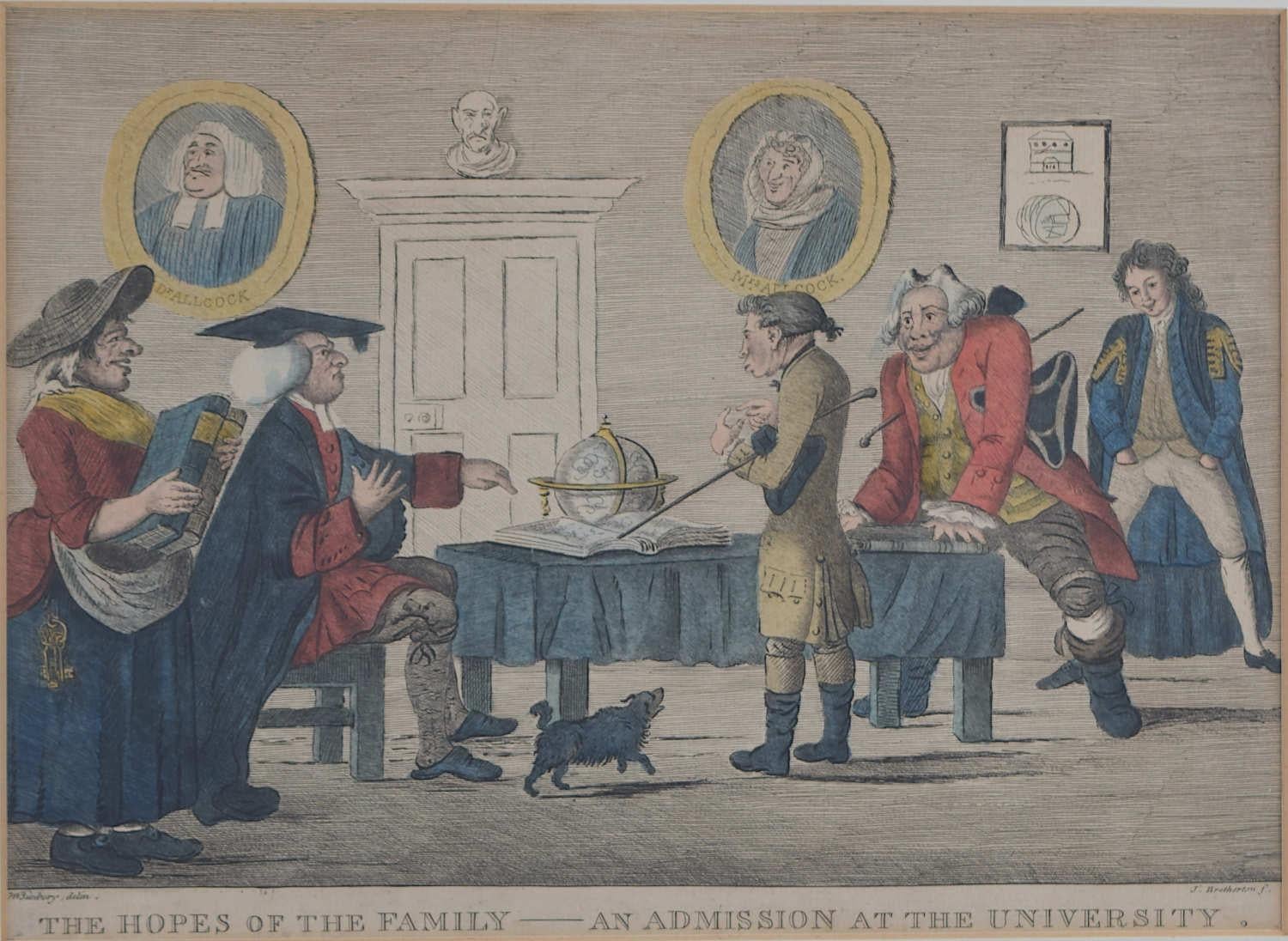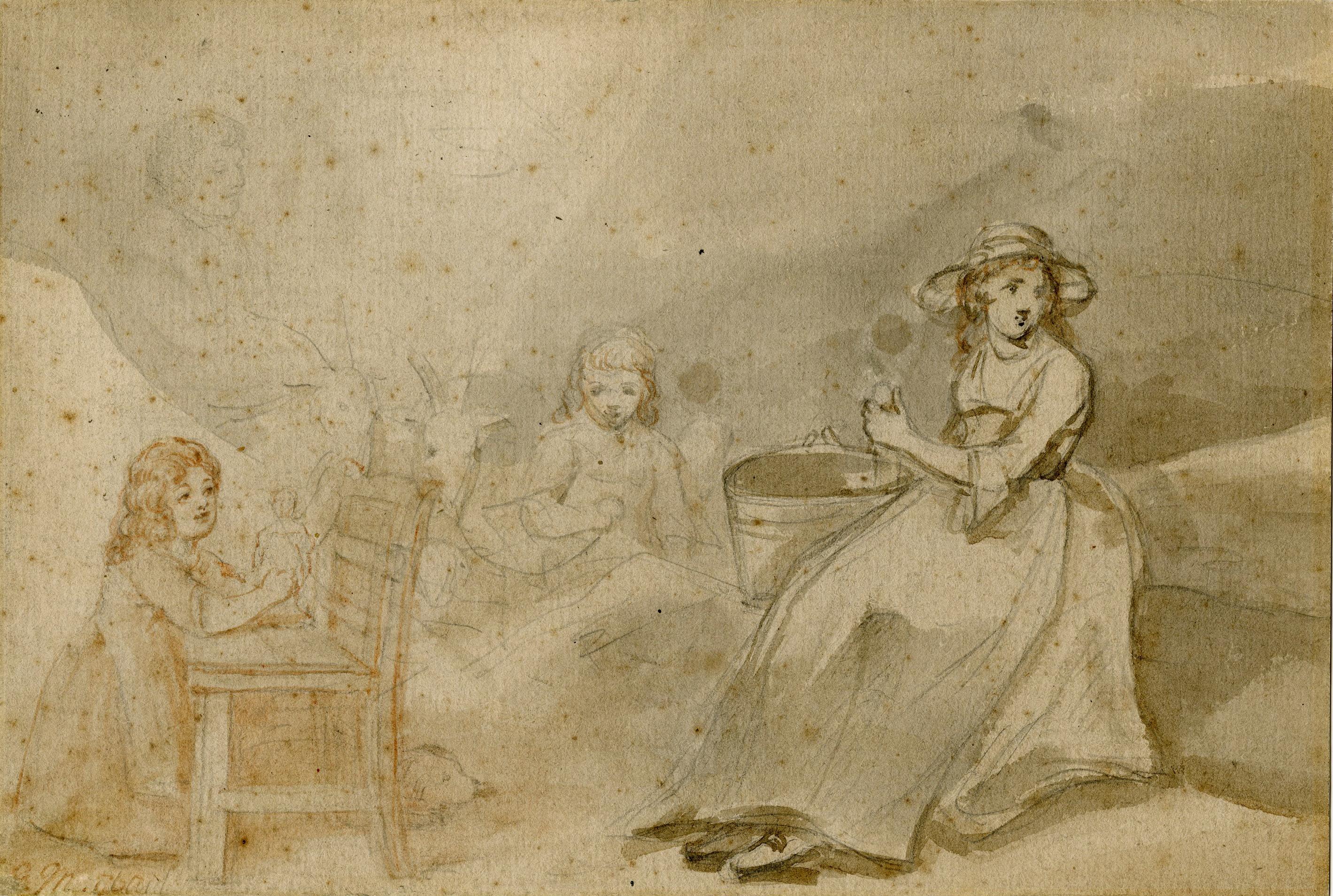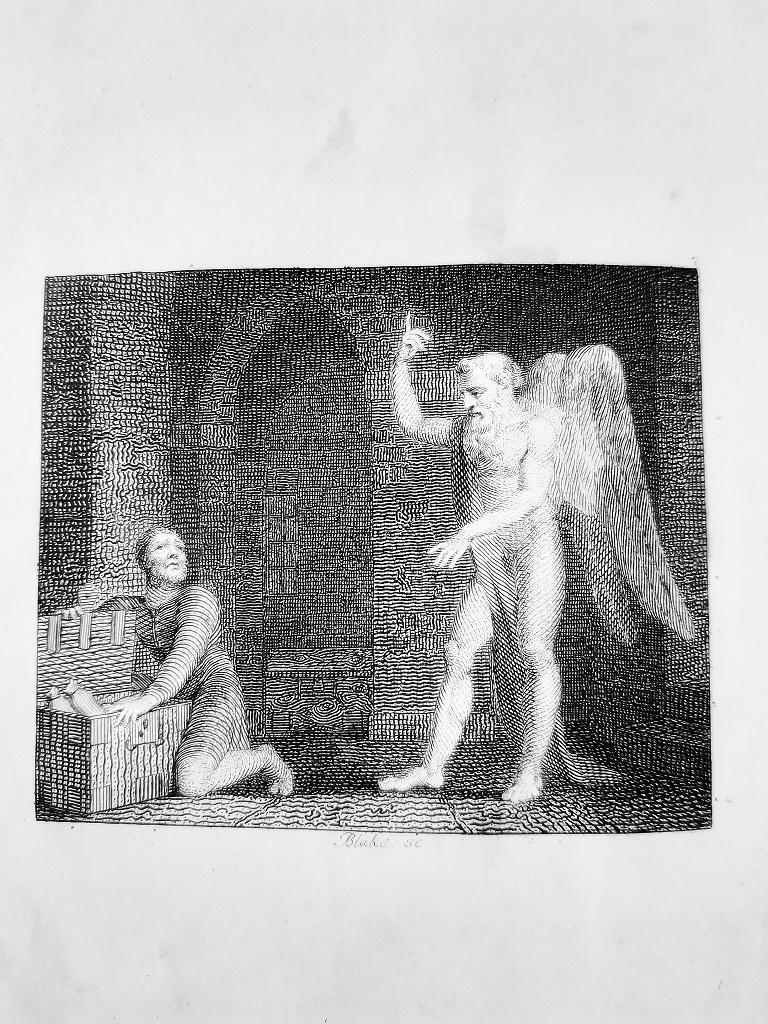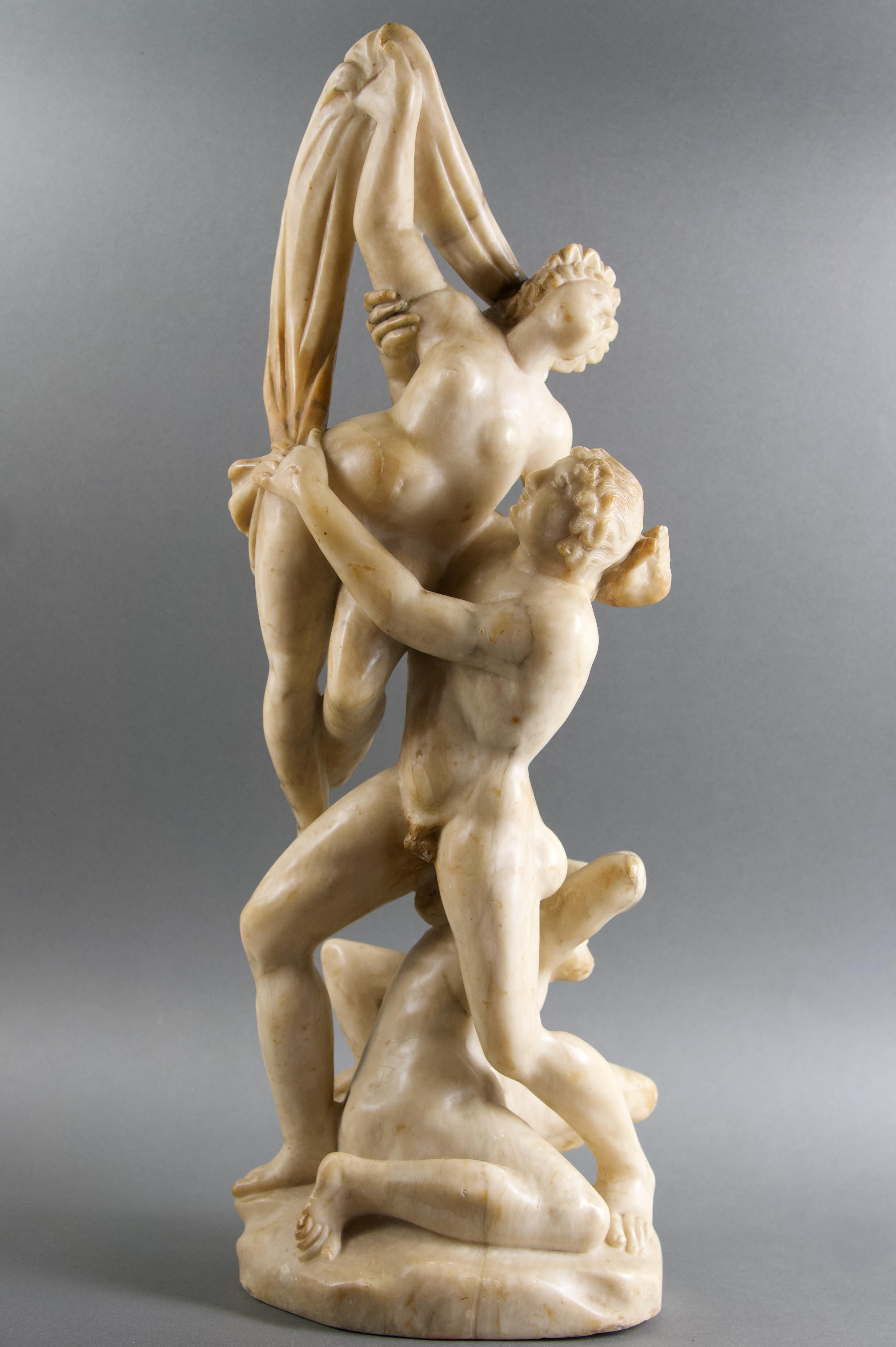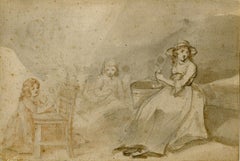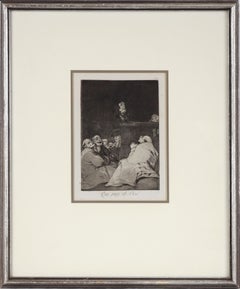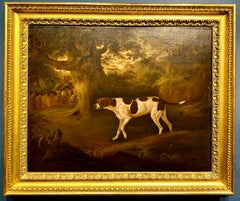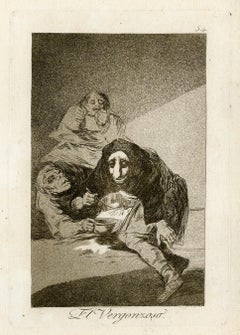1790s Art
English School 1790s Art
Ink
Northern Renaissance 1790s Art
Engraving, Etching, Aquatint, Laid Paper
Old Masters 1790s Art
Canvas, Oil
Old Masters 1790s Art
Canvas, Oil
Old Masters 1790s Art
Oil
Old Masters 1790s Art
Aquatint
Old Masters 1790s Art
Oil
Old Masters 1790s Art
Oil
Old Masters 1790s Art
Etching
Old Masters 1790s Art
Oil, Wood Panel
Old Masters 1790s Art
Oil
Modern 1790s Art
Etching
Naturalistic 1790s Art
Mezzotint, Aquatint, Handmade Paper, Engraving
Old Masters 1790s Art
India Ink
Modern 1790s Art
Etching, Aquatint
Old Masters 1790s Art
Aquatint
Rococo 1790s Art
Pastel
1790s Art
Woodcut
Modern 1790s Art
Aquatint, Etching
French School 1790s Art
Oil
Modern 1790s Art
Aquatint, Etching
Old Masters 1790s Art
Oil
Old Masters 1790s Art
Etching
Victorian 1790s Art
Watercolor, Engraving, Intaglio
Baroque 1790s Art
Brass
Naturalistic 1790s Art
Mezzotint, Aquatint, Handmade Paper, Engraving
Italian School 1790s Art
Alabaster
Old Masters 1790s Art
Aquatint, Etching
Naturalistic 1790s Art
Etching
Old Masters 1790s Art
Canvas, Oil, Wood Panel
Rococo 1790s Art
Pastel
Naturalistic 1790s Art
Mezzotint, Aquatint, Handmade Paper, Engraving
Modern 1790s Art
Paper, Etching
French School 1790s Art
Canvas, Oil
Romantic 1790s Art
Oil
Victorian 1790s Art
Watercolor, Engraving, Intaglio
Naturalistic 1790s Art
Etching
Old Masters 1790s Art
Oil
Old Masters 1790s Art
Oil, Canvas
Old Masters 1790s Art
Etching, Aquatint
Modern 1790s Art
Etching, Aquatint
English School 1790s Art
Laid Paper, Engraving, Intaglio
Academic 1790s Art
Oil, Canvas
Romantic 1790s Art
Watercolor, Pencil
Naturalistic 1790s Art
Mezzotint, Aquatint, Handmade Paper, Engraving
Romantic 1790s Art
Etching
Old Masters 1790s Art
Etching
1790s Art
Paper, Etching
1790s Art
Etching, Paper
Naturalistic 1790s Art
Etching
Naturalistic 1790s Art
Etching
Naturalistic 1790s Art
Etching
Naturalistic 1790s Art
Engraving, Handmade Paper
Dutch School 1790s Art
Paper, Watercolor
Northern Renaissance 1790s Art
Engraving, Etching, Aquatint, Laid Paper
Naturalistic 1790s Art
Etching
Modern 1790s Art
Etching, Aquatint
English School 1790s Art
Ink
1790s Art
Etching, Engraving
Realist 1790s Art
Engraving
Victorian 1790s Art
Watercolor, Engraving, Intaglio
Realist 1790s Art
Engraving
1790s Art
Lithograph
1790s Art
Watercolor
